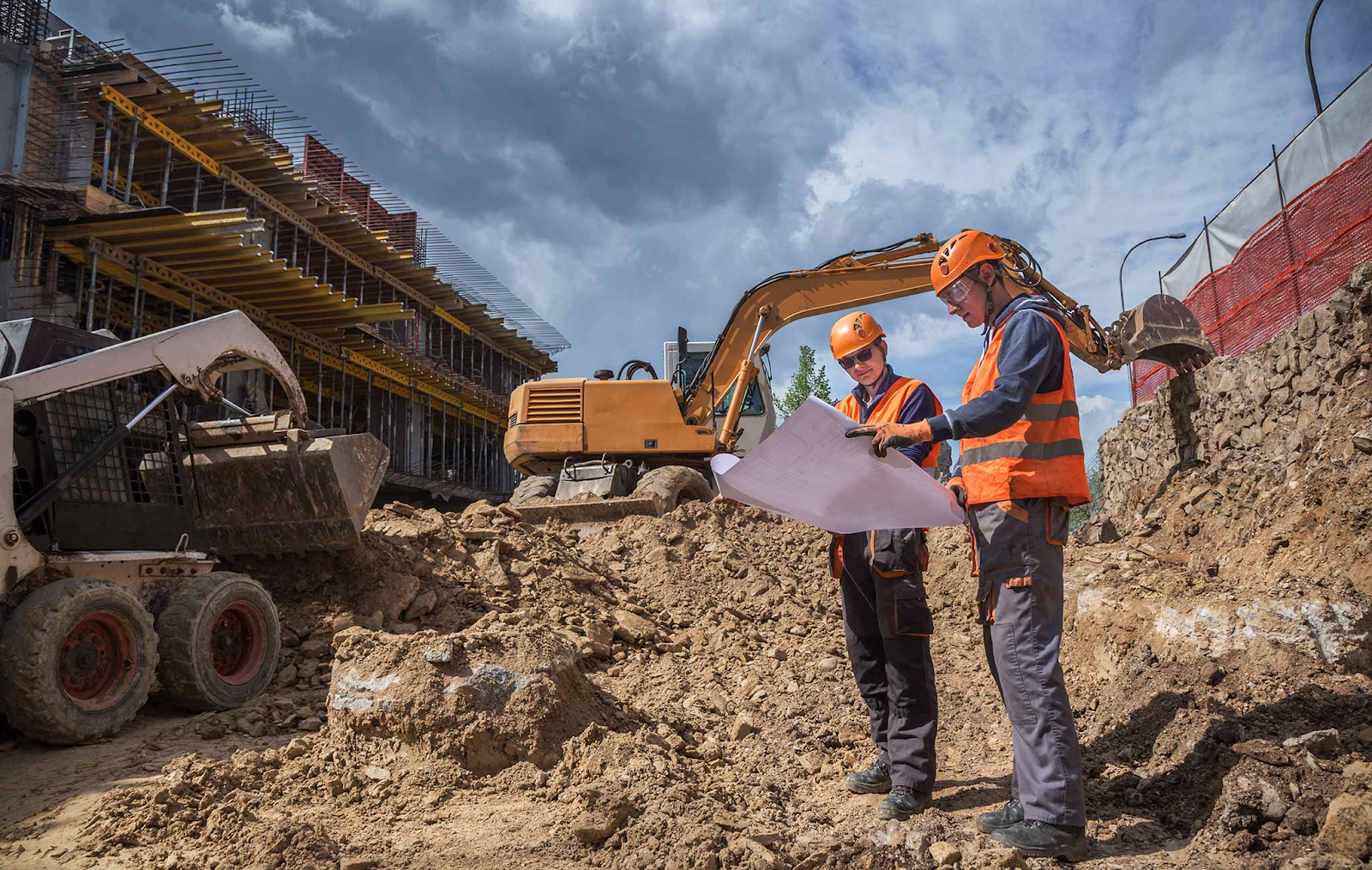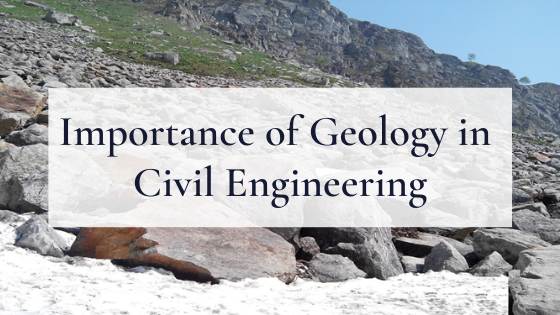Top Guidelines Of Geotechnical Engineering For Construction Projects
Table of ContentsThe 9-Minute Rule for Geotechnical Engineering For Construction ProjectsAn Unbiased View of Geotechnical Engineering For Construction ProjectsAll about Geotechnical Engineering For Construction ProjectsSee This Report about Geotechnical Engineering For Construction ProjectsThe Only Guide for Geotechnical Engineering For Construction ProjectsFascination About Geotechnical Engineering For Construction Projects
The role of geotechnical design dramatically manages understanding the functions of soil and rock, which might vary considerably by their thickness, dampness content etc. These features have to be taken a look at by geotechnical engineers to anticipate their activities under various conditions. The security along with security of frameworks are impacted by soil conditions, making this evaluation essential., in addition to exactly how they connect with buildings that have actually been put up on or within them, is one of the primary explanations for why geotechnical engineering is vital.
Ecological protection is accomplished with geotechnical engineering. Proficiency in air, water, and soil high quality upkeep is put to utilize by geotechnical engineers to minimize the negative results of tasks.
To sum up, geotechnical design is an essential technique that protects the strength and integrity of civil infrastructure. Geotechnical designers contribute to making structure projects reliable all over the world by recognizing the behavior of planet products and applying proper preparation techniques.
8 Simple Techniques For Geotechnical Engineering For Construction Projects
The foundational security of any task is critical. Geotechnical engineering plays an essential role in ensuring that frameworks are improved strong ground, actually and figuratively. By taking a look at dirt, rock, and subsurface problems, geotechnical engineers supply essential insights that assist in the layout, building and construction, and upkeep of structures and framework.

Geotechnical Engineering For Construction Projects Fundamentals Explained
Research laboratory testing: Determining the residential properties of soil and rock. Numerous prominent construction projects have actually effectively used geotechnical engineering to ensure their stability and security.

As a leader in geotechnical engineering, BECC Inc. is committed to supplying ingenious and efficient options that satisfy the greatest requirements of quality and security., a mechanical engineer and geologist.
Unknown Facts About Geotechnical Engineering For Construction Projects
Terzaghi additionally established the framework for concepts of bearing ability of structures, this website and the theory for forecast of the price of negotiation of clay layers as a result of consolidation. Afterwards, Maurice Biot completely established the three-dimensional dirt combination theory, prolonging the one-dimensional model formerly established by Terzaghi to a lot more general hypotheses and presenting the collection of basic formulas of Poroelasticity.
Geotechnical engineers investigate and establish the buildings of subsurface problems and materials.
How Geotechnical Engineering For Construction Projects can Save You Time, Stress, and Money.
Geologic mapping and interpretation of geomorphology are typically completed in examination with a rock hound or engineering geologist. Subsurface exploration typically includes in-situ testing (for instance, the common infiltration examination and cone penetration examination). The digging of test pits and trenching (especially for finding faults and slide planes) may additionally be used to find out about dirt problems at depth. Still, they are occasionally made use of to enable a geologist or designer to be lowered into the borehole for straight aesthetic and manual examination of the dirt and rock stratigraphy. Various dirt samplers exist to satisfy the demands of different design jobs. The common penetration examination, which utilizes a thick-walled split spoon sampler, is the most common method to collect disrupted samples.

Generally, the user interface's exact geometry is unknown, and a streamlined interface geometry is thought. Finite slopes call for three-dimensional designs to be analyzed, so most slopes are examined assuming that they are infinitely large and can be stood for by two-dimensional models.
9 Easy Facts About Geotechnical Engineering For Construction Projects Shown
The empirical approach might be Check This Out referred to as follows: General exploration sufficient to establish the rough nature, pattern, and buildings of down payments. Analysis of one of the most potential conditions and the most unfavorable conceivable discrepancies. Creating the layout based upon a functioning theory of habits anticipated under the most probable problems. Option of quantities to be observed as construction profits and computing their expected values based on the working theory under one of the most undesirable problems.
Dimension of quantities and examination of actual problems. Style modification per real conditions The empirical technique appropriates for building and construction that has actually already started when an unforeseen development occurs or when a failing or accident looms or has actually already taken place. It disagrees for jobs whose style can not be changed during building.